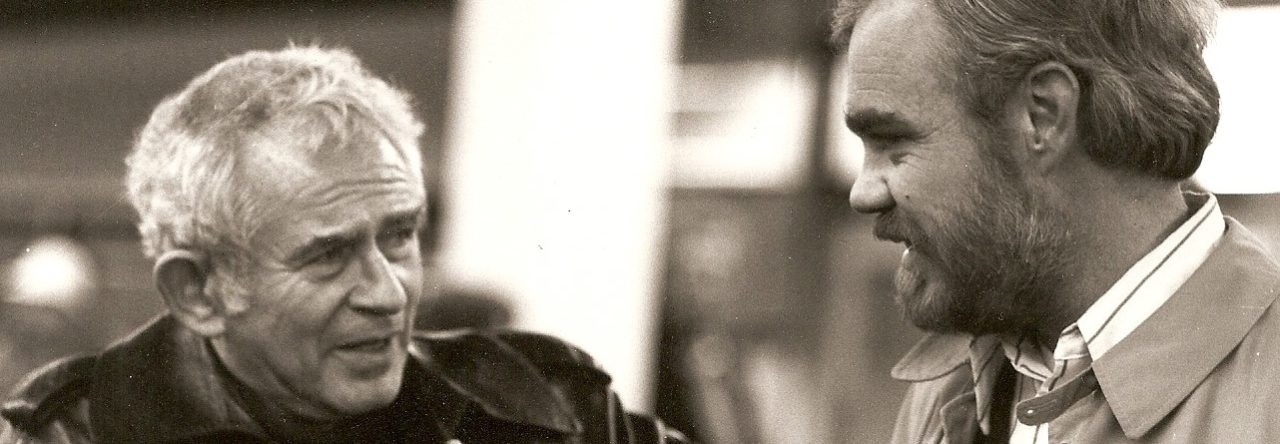DID YOU KNOW? Asked by Parade Magazine how he was seen by his high school classmates, he answered, “Quiet, studious and inconsequential.”
Tag: NMailer Page 4 of 6
DID YOU KNOW? Mailer’s all-time favorite novels were John Dos Passos’s U.S.A., a three-part chronicle of the country from the late 1890s to the 1930s, and Leo Tolstoy’s 1877 novel, Anna Karenina, often called the greatest realistic novel ever written.
DID YOU KNOW? In 1946 when Mailer was writing The Naked and the Dead, he lived for a time with his parents at 102 Pierrepont Street, a brownstone apartment building in Brooklyn Heights. Arthur Miller lived in the same building where he was writing Death of a Salesman. When Miller and Mailer would bump into each other and chat at the mailbox, Mailer recalled, “We would talk and then we’d go away, and I know he was thinking what I was, which was, ‘That other guy is never going to amount to anything.’”
Excerpt from a review, “Norman Mailer Ponders Picasso,” Wilkes-Barre Times-Leader, 11-5-95.
Norman Mailer is not simply a novelist. He is also a talented biographer. While he might protest this identification, it is indisputable that writing about brilliant, tortured, divided historical figures wrestling with their destiny at the crossroads of identity has been one of the defining passions of his writing career, beginning with The Naked and the Dead in 1948. Of his twenty-nine major books, only eight are novels, but he has written biographical studies of Muhammad Ali, Marilyn Monroe, D. H. Lawrence, Gary Gilmore, Henry Miller, Richard Nixon, John F. Kennedy, Jacqueline Kennedy, Lee Harvey Oswald and several others.
Mailer shares with Shakespeare the belief that inherited ability and character are reshaped by will, daring, extraordinary effort and—most important—choice. Circumstance is secondary, a mere scaffolding or framework for bold ventures. The thesis of this “interpretive biography,” which covers the first third of Picasso’s life, is that he was a self-created artist who “gambled on his ability to reach into mysteries of existence that no one else had perceived.” Without referring to himself, Mailer uses his own 50 years of artistic success, failure and experimentation to measure Picasso’s career from birth. . . . Mailer’s roller coaster career, while certainly different than Picasso’s, parallels the painter’s in several important ways. Both artists became celebrated in their 20s, suffered various personal and artistic reverses in their 30s, had a number of wives and lovers, and became internationally famous before reaching middle age. . . . Mailer’s interpretation of Picasso’s life vibrates with fellow feeling. Picasso was “doomed,” he says, “to relive his obsessions through all ninety-one years of his life,” and to continue to paint until the end “as if work itself could hold death off.” Mailer at 72 is still writing furiously.
This comradely biography is a brilliant investigation of the spiral of Picasso’s life and art. It gives a richer sense of the mysteries of this double helix than the more exhaustive biographies available. Set a thief to catch a thief.
